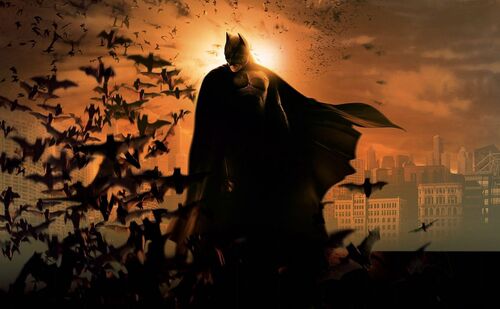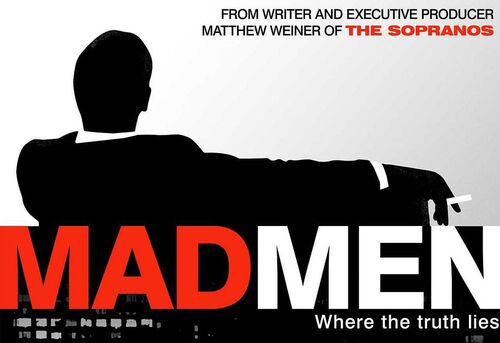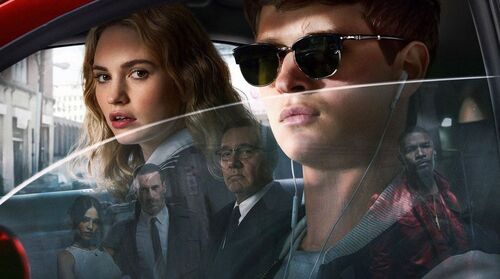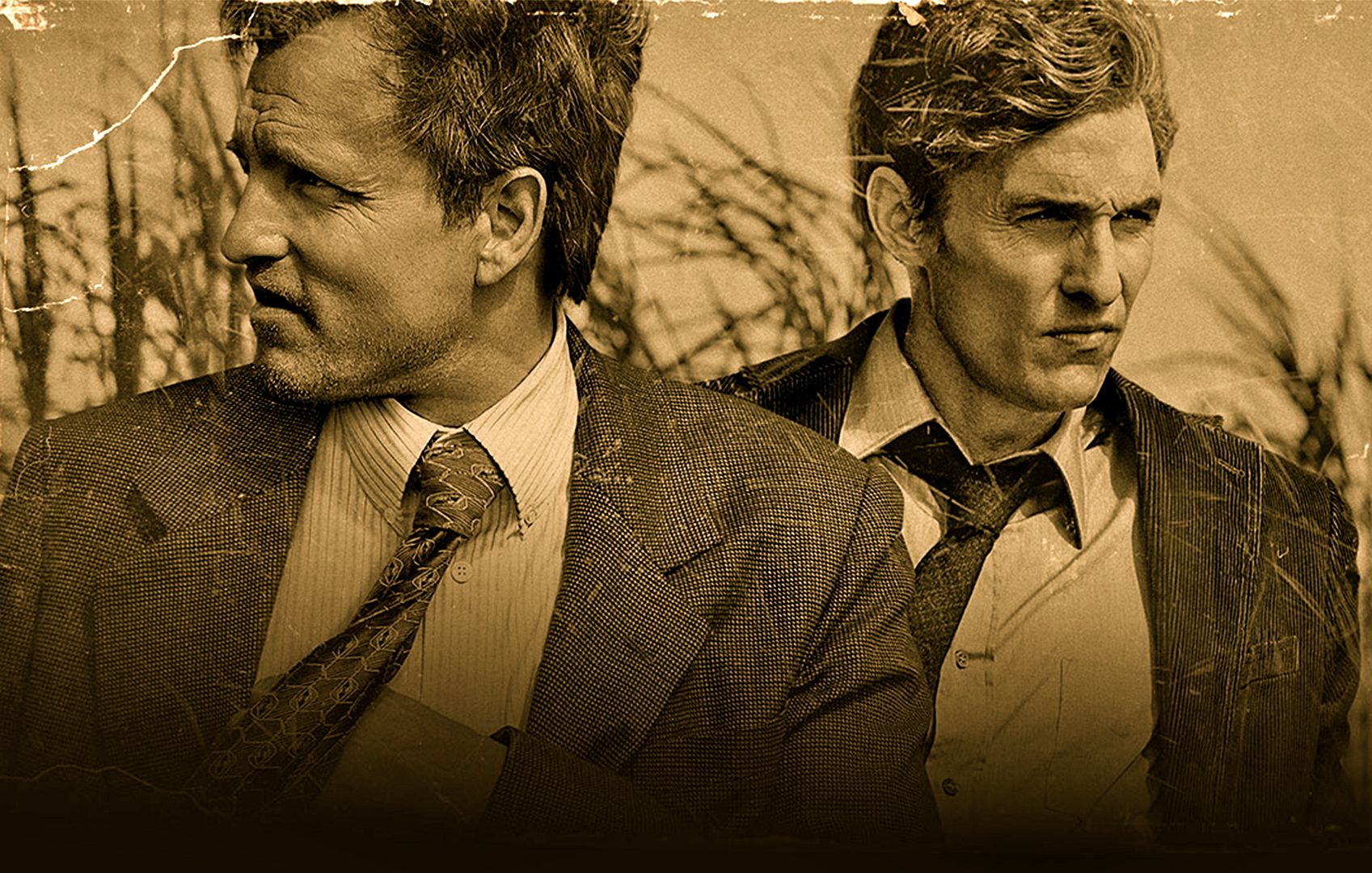
True Detective Season 1 (2014) Review
 Having worked my way through the opening two seasons of True Detective in a short space of time, I initially intended on glazing over season 1 as a reference point in critiquing Nic Pizzolatto's follow-up narrative. But it felt necessary to explore this gem of a miniseries that truly reshaped anthology storytelling.
Having worked my way through the opening two seasons of True Detective in a short space of time, I initially intended on glazing over season 1 as a reference point in critiquing Nic Pizzolatto's follow-up narrative. But it felt necessary to explore this gem of a miniseries that truly reshaped anthology storytelling.
It's a bit of a revolutionary new course of action in television, which continues to develop, it seems, while film remains stagnant. Anthology shows became prominent most notably, or most successfully, through American Horror Story, and HBO has dipped its feet right into this realm with True Detective. The first season reads like a fairy-tale on paper. The entire eight-episode series is written by Pizzolatto. It's directed entirely by Cary Fukunaga, on 35mm film no less. The soundtrack was scored and compiled by T Bone Burnett. Pizzolatto turned in over 500 pages of script for the series, which takes a cultist, urban gothic thematic resonance and situates it in the Louisiana wilderness.
"In every episode I wanted to at least try to find specific moments in which you could treat the visual side of the medium with the same importance as we were treating the dialogue," Fukunaga references one of the requirements he had of shooting the series, when speaking to the creator. On top of a tight-knit combination of creative influence, Matthew McConaughey and Woody Harrelson led the series nearly exclusively as the sole two eyes into this dark web of intrigue and gruesome discovery. The results veer from the current wave of television checklists, whereby audiences need to be shocked into tuning in, even if it's for the sake of creativity. In True Detective, you get a mix of both, but the plot is perhaps secondary to an engaging character study. Or, the characters compliment a thrilling, unfolding mystery. Remarkably, it can be both.
The writing is on point. The two characters, Rust Cohle (McConoughey) and Mary Hart (Harrelson), are put in charge of a gruesome homicide investigation that sees them forced to work with one another despite their universal differences. Hart is the less interesting character, but acts as a kind of anchor for us to associate with. Cohle is the character of a lifetime, a pessimistic, philosophically minded challenger of human consciousness. He questions everything from time as circular to the very purpose of existence. He's a damaged man with a mind that we aren't supposed to agree or associate with, but it's a mind that shares deep, meaningful points we can identify as being, to whichever extent we're willing, truths.
We know we aren't supposed to agree with him, even though he's remarkably the more likable of the duo. But the reason we aren't supposed to side with him is because he himself begins to grow from these feelings. The series is, however, open-ended not because it leaves us on a cliffhanger, but because these two lives have a very future we'll never know. The series embraces the circular, repetitiveness of both storytelling and of life itself, which is emphasised by Hart's inability to learn his lesson, and ultimately makes the same mistake twice, seven years apart. So to consider whether the ending truly indicates change in the lead characters would be folly, because there's as many cases to be made for and against.
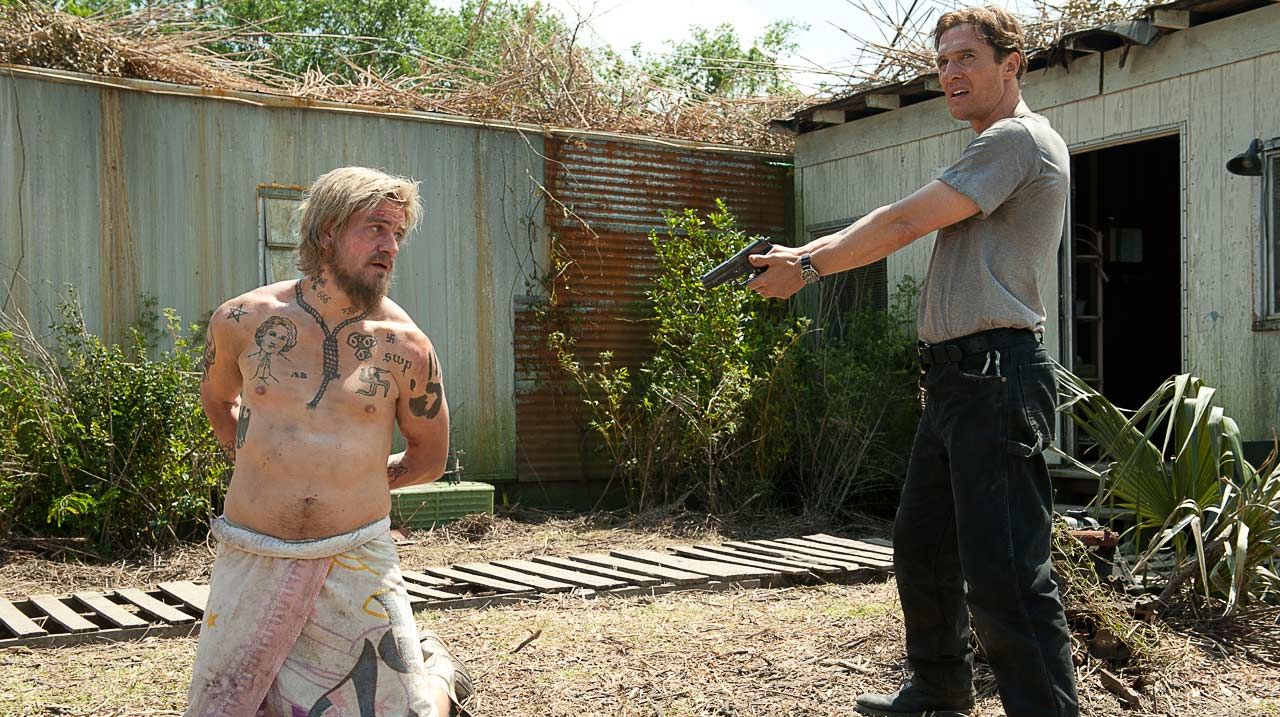
The plot itself unravels comfortably, and we learn about both the conspiracy and the characters both at once. The story details 17 years, as Rust and Marty recall in 2012 events that took place back in 1995, and learn that they each have a debt that's owed. It's this utter dedication to duty that makes these characters heroes, even if they aren't, by self-admittance, good men. Visual cues are pointedly expanded on as things unravel. The night sky, and the lights that hang in it, makes for a poignant metaphor in the show's closing moments. The spiral appears in many different ways, as tattoos and as flocks of birds in the sky. Cosmic fear is an inexplicable dread of outer, unknown forces. The series plays with the concept of the monster, near-otherworldy. And it makes a point of the fact that Cohle has seen the monster, but challenges what's actually real due to the fact that he himself admits he's experienced visions in his past.
So, it makes all the sense in the world when Rust reveals that he's seen the monster, the very criminal they're catching, before. We witness it too, in the schoolyard back in 1995. The show takes us away from the core two perspectives for the first time in the closing minutes of its penultimate episode, and then in the opening of the finale. We get to meet the monster, and he's childlike. Pizzolatto isn't changing any of the rules here. Instead, he's using powerful literary influence to shape a haunting fable in the outskirts of civilisation.
Fukunaga's cinematography is as crucial as any of the writing. Capturing the world the characters confide in creates a third lead character, as the landscape adds an aura to the proceedings. This is all before mentioning the stunning episode four single-take sequence that may well stand out as the most memorable action piece of the series, though it is rivaled by the climax. But these shots of landscape, of what the people in this world are moving toward, or away from, or what they belong to, these settings bridge sequences of action and dialogue. It's a constant reminder of where we are, but it's a gorgeous one too. They're momentary reprieves from Rust's deep, dark soul, or Marty's base, inescapable impulses.
Just past halfway, the series reaches its most difficult, delicate segment, whereby some years must pass as the characters move from one decade to another, seemingly having solved the case. This is perhaps the riskiest part of the entire thing. It could have felt cliche, or tired, but it's to the credit of the early work done on the characters that getting from 'a' to 'b' isn't so arduous. When it comes time for the two partners to come together again, something feels as though it falters. We lose that perspective, that commentary. All of a sudden, I missed the interrogations. And the two felt like hero cops doing what hero cops do. These reservations pass somewhere in the finale, when the utter simplicity but thematic depth of its setting, its ultimate discovery, reels you in and sits you up straight.
Anthology storytelling isn't new, but to television it offers something unique. There's no more story to tell in this one, in what feels like an eight-hour film as opposed to a serialised tale (though that could be due to me watching it over a weekend). Pizzolatto threatens to journey into worn regions but shapes it in powerful ways. Everything services the characters and the story, and that ultimately makes for one of the most engaging, thought-provoking narratives you're likely to see in the modern era of television.
